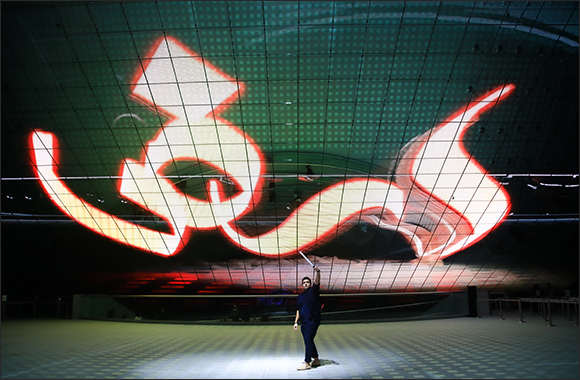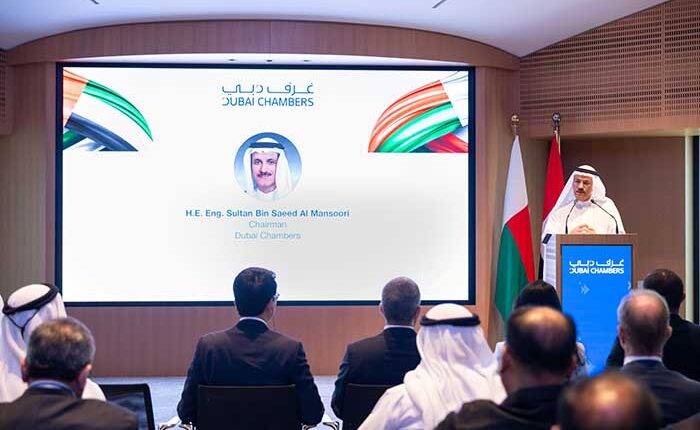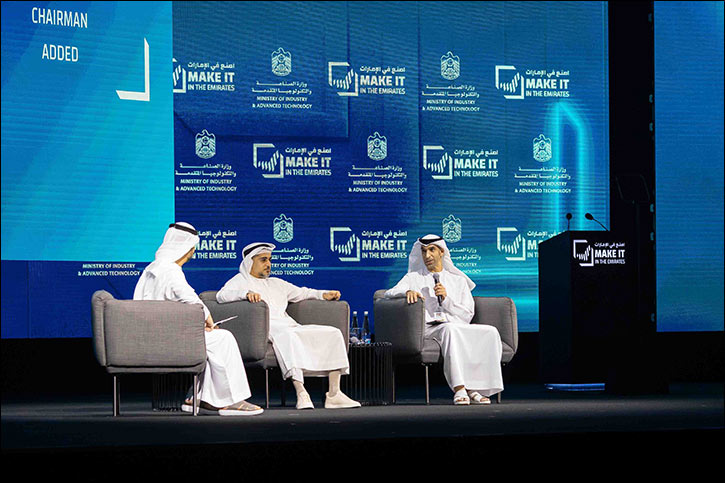The Kingdom of Saudi Arabia Pavilion at Expo 2020 Dubai is shedding light on the art of Arabic calligraphy after UN Educational, Scientific and Cultural Organization’s (UNESCO) recent decision to add it to its ‘Intangible Cultural Heritage of Humanity’ list.
The Saudi-led campaign saw the Kingdom join forces with 15 other Muslim-majority countries in presenting the nomination to UNESCO. The ancient practice of handwriting played a key role in the spread of Islam, and is a cornerstone of pan-Arab identity. While the art form is not necessarily fully understood by the rest of the world, the Kingdom of Saudi Arabia Pavilion set out to change this through a series of programs designed to spark visitors’ interest.
There were a number of standout performances from Saudi creatives. Contemporary artist Hind Al Ghamdi took Expo visitors on an exciting journey exploring the beauty of Arabic calligraphy through workshops held in the Open Square. This included a basic introduction to understanding the Arabic alphabet, distinctive shapes, and calligraphy tools. Activities also allowed visitors to learn how to write their own names using Arabic calligraphy.
The Open Square also hosted a unique show with celebrated Jeddah-based artist Shaker Kashgari, known for his unusual use of photography to showcase calligraphy though light, whose performance took audiences on an uplifting journey.
Another highlight was from Mohammed Alrabea, a calligraphy artist based in Saudi Arabia’s Eastern Region who created a unique virtual exhibit showcasing the history of Arabic calligraphy using VR technology.
Hussain Hanbazazah, the Commissioner General of the Kingdom of Saudi Arabia Pavilion, said: “It has been extremely rewarding to share the rich tradition of Arabic calligraphy with visitors to the KSA Pavilion. These special activities build on Saudi Arabia’s Year of Calligraphy and offer people the chance to discover the past, present and future of an ancient but evolving practice, which remains relevant in the 21st century.”
The Kingdom is investing heavily in its cultural sectors, which form an important part of Saudi Arabia’s national transformation plan, Vision 2030, to diversify its economy, generating growth and creating opportunities particularly for young Saudis. With over 34 million inhabitants, Saudi Arabia has 13 regions each with unique dialects, traditions and heritage.













